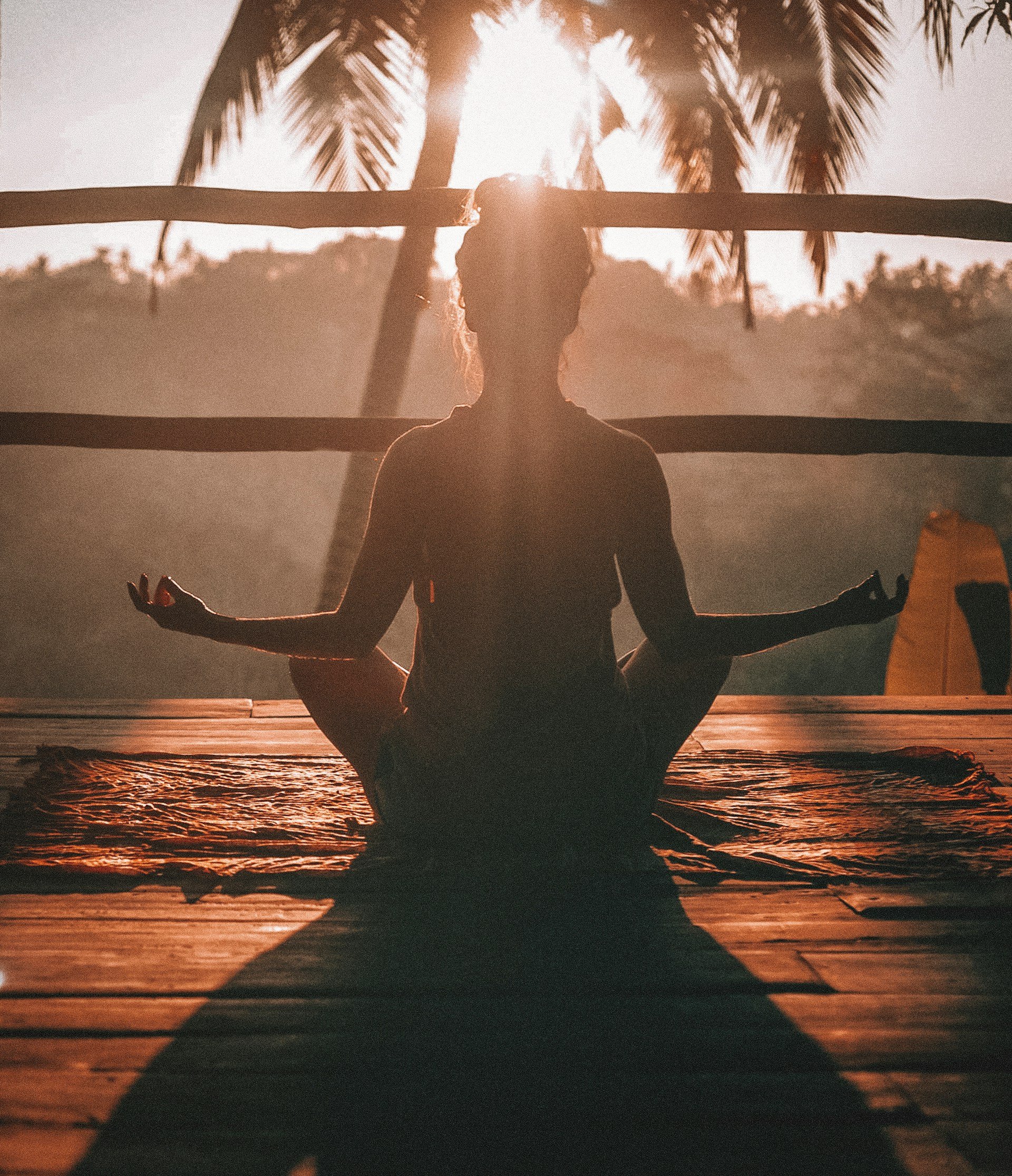The serene ambiance, calming aromas, and tranquil melodies – stepping into a spa offers a retreat from the hustle and bustle of daily life. Behind the scenes, spa therapists work diligently to create a haven of relaxation and rejuvenation for clients. In this exploration, we dive into the intricate world of spa therapy, uncovering the daily routines, challenges, and the passion that fuels a spa therapist's day.
The Morning Ritual
6:00 AM - Rise and Shine
The day of a spa therapist often begins early, as they rise to greet the morning with a sense of tranquility. Starting the day with a moment of personal wellness sets the tone for what lies ahead. Many therapists engage in mindfulness practices, such as meditation or yoga, to cultivate a centered mindset that they can share with clients throughout the day.
7:00 AM - Preparing the Sanctuary
Before the spa doors open to clients, therapists collaborate to ensure the treatment rooms are immaculate and ready to provide the utmost comfort. Lighting candles, adjusting temperature settings, and arranging fresh linens are just a few of the meticulous details that contribute to creating a serene atmosphere.
Connecting with Clients
8:00 AM - Greeting and Consultations
As the day officially begins, spa therapists warmly welcome clients, initiating a process that extends beyond a simple appointment. The initial consultation is a crucial step in tailoring treatments to individual needs. Therapists attentively listen to clients' preferences, concerns, and any specific areas of focus, ensuring a personalized and effective spa experience.
9:00 AM - Embarking on Wellness Journeys
With consultations complete, spa therapists guide clients through a variety of treatments, ranging from classic massages to specialized therapies like aromatherapy, hot stone massages, or body wraps. Each session is an opportunity for therapists to utilize their skills and intuition, creating a customized experience that addresses the unique needs of the individual.
The Artistry of Spa Therapy
12:00 PM - Nurturing the Mind and Body
Midday brings a chance for spa therapists to recharge and refocus. This may involve a nutritious meal, hydrating beverages, and a moment of relaxation to ensure they are physically and mentally prepared for the afternoon sessions.
1:00 PM - Unveiling the Healing Touch
The afternoon sees therapists delving into the intricacies of their craft. They’re trained in various massage techniques, body treatments, and skincare routines. Their hands become instruments of healing, easing tension, promoting circulation, and enhancing overall well-being. The mastery lies not only in technique but in the ability to create an immersive experience that transports clients to a state of blissful tranquility.
Behind Closed Doors
3:00 PM - Administrative Duties
While the treatment rooms are the heart of the spa’s domain, there is a behind-the-scenes aspect that involves administrative duties. This may include updating client records, managing appointment schedules, and ensuring that all products and equipment are well-stocked. Attention to these details is crucial for the seamless operation of the spa.
4:00 PM - Continuous Learning
The world of wellness is ever-evolving, with new techniques, products, and trends emerging regularly. Spa therapists dedicate time to ongoing education and training to stay abreast of the latest developments in their field. Whether it's learning about innovative massage techniques, incorporating new skincare products, or understanding the benefits of holistic therapies, continuous learning is a cornerstone of professional growth.
Challenges and Rewards
6:00 PM - Addressing Challenges
Behind the serenity of spa treatments lie challenges that therapists navigate with grace. Clients may come with specific health concerns or emotional burdens, and it is the therapist's responsibility to adapt treatments accordingly. Additionally, the physical demands of providing massages and treatments can take a toll on the therapist's body, requiring self-care practices to maintain their own well-being.
7:00 PM - Emotional Connection
One of the most rewarding aspects of being a spa therapist is the emotional connection formed with clients. Many clients visit the spa not only for physical rejuvenation but also seeking solace from the stresses of life. Spa professionals often become confidants, providing a supportive space for clients to share their thoughts and experiences. The ability to positively impact someone's well-being is a profound and fulfilling aspect of the job.
Closing the Sanctuary
8:00 PM - Evening Rituals
As the day winds down, spa therapists engage in rituals to conclude their work with a sense of closure. This may involve tidying up treatment rooms, ensuring all equipment is sanitized, and reflecting on the day's interactions with clients. Taking a moment to appreciate the positive impact they've made contributes to a sense of fulfillment.
9:00 PM - Gratitude and Self-Care
Expressing gratitude for the day's experiences is a common practice among spa therapists. Whether through journaling or simply reflecting on the moments of connection with clients, acknowledging the positive aspects of the job fosters a sense of fulfillment. Self-care practices, such as stretching, meditation, or a relaxing bath, become essential to maintain the therapist's own well-being.
The Nightcap: Reflecting and Rejuvenating
10:00 PM - Reflecting on the Day
As the spa doors close, spa therapists take a moment to reflect on the day's interactions and accomplishments. This reflective practice allows them to celebrate successes, identify areas for improvement, and cultivate a mindset of continuous growth. Acknowledging the positive impact they've made on clients contributes to a deep sense of fulfillment and purpose.
11:00 PM - Transitioning to Personal Time
While the day may officially end with the spa's closure, the transition to personal time is a gradual process. Spa therapists often engage in activities that bring joy and relaxation, whether it's enjoying a quiet evening at home, spending time with loved ones, or indulging in hobbies that rejuvenate the mind and body.
A Passion for Wellness
The life of a spa therapist extends beyond the working hours. It is fueled by a genuine passion for wellness and a desire to contribute to the well-being of others. The commitment to creating a sanctuary for relaxation involves not only mastering the technical aspects of spa therapy but also embodying a compassionate and empathetic approach to client care.
Career Development and Growth
12:00 AM - Professional Development
Late at night, spa therapists may dedicate time to furthering their professional development. This could involve exploring new wellness trends, attending workshops or webinars, and connecting with a community of fellow spa professionals. Staying informed and connected within the industry is essential for career development and maintaining a high standard of service.
1:00 AM - Restful Sleep
As the clock approaches the early hours of the morning, spa therapists prioritize restful sleep to recharge for the next day. Quality sleep is crucial for physical and mental well-being, allowing therapists to approach each day with the energy and enthusiasm needed to provide exceptional care to their clients.
A Passionate Journey
A day in the life of a spa therapist is a harmonious blend of artistry, compassion, and dedication. From the early morning rituals that set the tone for the day to the reflective moments in the late evening, they must navigate a dynamic and fulfilling journey. The challenges they face are met with resilience, and the rewards extend beyond the spa's closing hours, creating lasting connections and contributing to the well-being of those they serve.
It is the passion for wellness, the commitment to continuous learning, and the ability to form genuine connections that make the life of a spa therapist a truly enriching and purposeful journey. As they close the chapter on each day, they carry with them not only the physical demands of their craft but also the emotional fulfillment derived from making a positive impact on the lives of their clients. In the realm of wellness, the goal is creating sanctuaries of rejuvenation and leaving a lasting imprint on the individuals who seek solace in their healing touch.
















